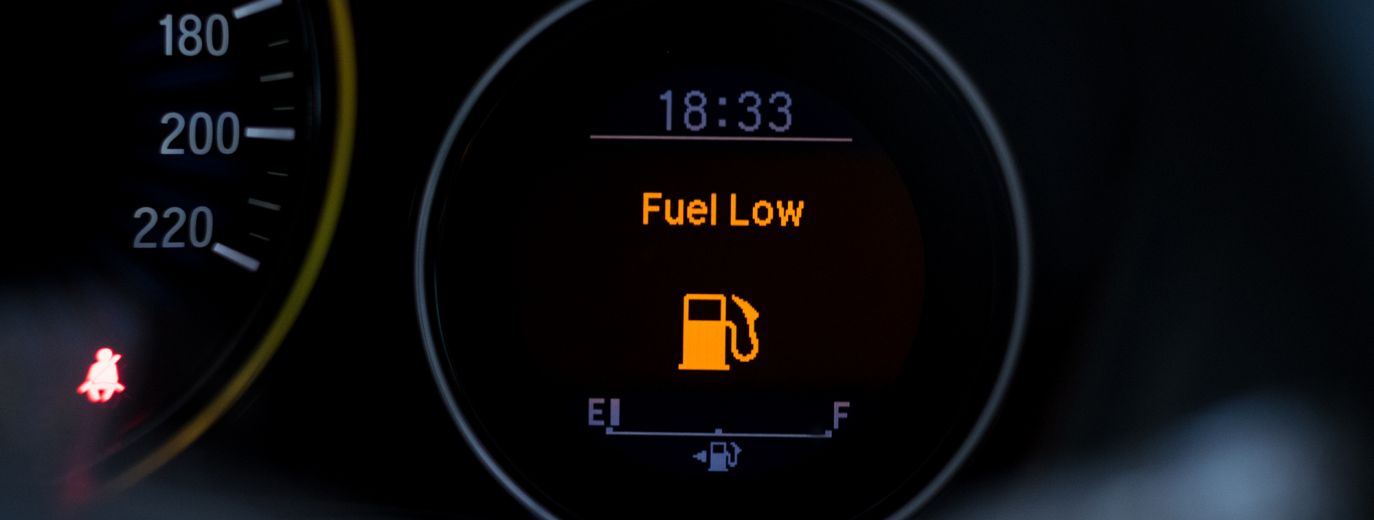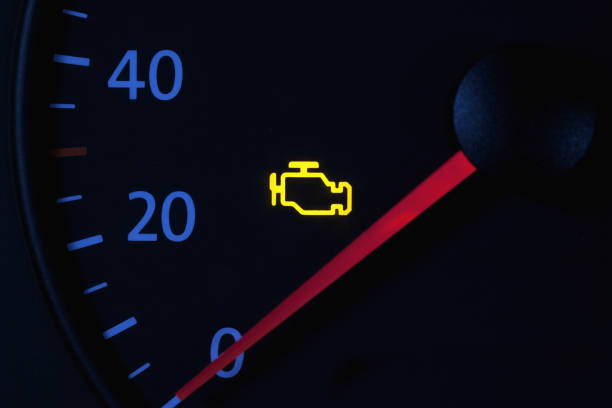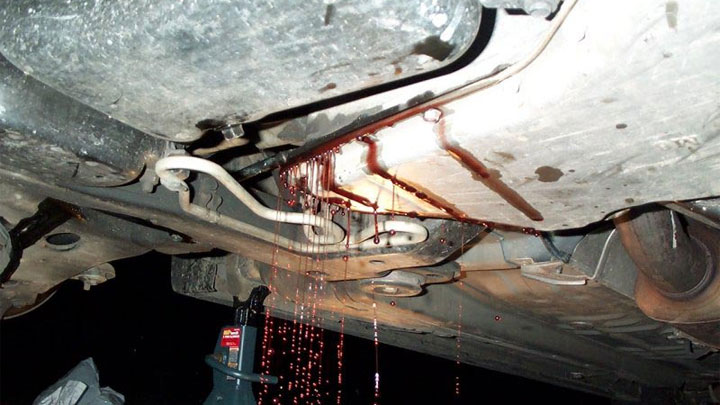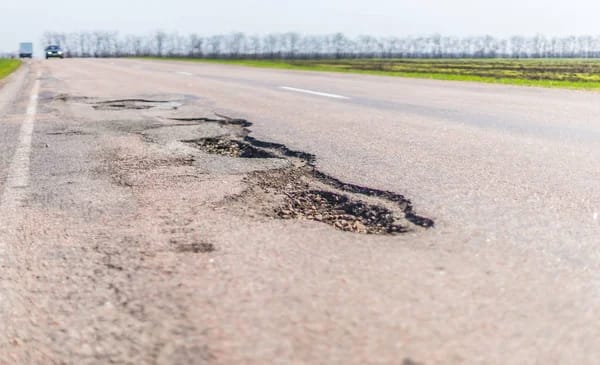Center Bearing Problems
What's a Center bearing?
A Center bearing, also known as a Center Support bearing, is a mechanical component used in various applications mostly in vehicles with two-piece drive lines or drive shafts. Its primary function is to support and provide stability to the intermediate section of the drive line.

Signs of a bad or worn-out Center bearing.
How do I know that my vehicle's Center bearing is bad or worn-out?
How do I know that my vehicle's Center bearing needs repair or replacement?
When it comes to vehicle maintenance, the center bearing plays a critical role in the smooth operation of the drivetrain. Found in the middle of the driveshaft, this component helps to maintain stability and balance while transmitting power from the engine to the wheels. However, like any other mechanical component, the center bearing is susceptible to wear and tear over time. In this discussion, we will explore the signs and symptoms of a bad or worn-out center bearing, enabling vehicle owners to identify potential issues early on and address them before they lead to more severe problems. Timely detection and replacement of a faulty center bearing can not only prevent further damage but also ensure a safe and efficient driving experience.
- )
A noisy driveshaft.
Disturbing or unpleasant noises when accelerating are some of the early signs of a bad or worn-out Center bearing. In extreme cases, a worn-out or faulty Center bearing will howl or squeal when the vehicle moves from a stationary position. However, the howling or squealing may subside as the vehicle gains momentum.
- )
Shuddering or vibrating during acceleration.
Experiencing shuddering while accelerating is a common sign of a defective center bearing. The center bearing plays a crucial role in stabilizing the driveshaft, but when it malfunctions, it fails to provide adequate support. As a result, the driveshaft undergoes improper flexing, leading to noticeable vibrations and shuddering during acceleration. In more serious instances of center bearing failure, the driveshaft may excessively shudder and flex to the extent that it comes into contact with the vehicle's underside. This contact can result in harmful consequences, causing damage to both the driveshaft and the chassis of the vehicle.
- )
Engine noise.
If you notice a high-pitched or harsh sound emanating from the engine, it might indicate that the center bearings are worn-out.
- )
Increased fuel consumption.
If you notice a decline in your fuel efficiency, it might be attributed to the heightened resistance on the engine, which is a consequence of the center bearings experiencing a malfunction or failure.

- )
Difficulty in shifting gears.
If you are experiencing difficulties when shifting gears, it may indicate a problem with the alignment of the center bearings and the driveshaft. When these components are not correctly aligned, they can lead to the transmission binding up, resulting in improper gear shifts and potential transmission failure.
- )
Check Engine Light.
If the "check engine" light illuminates on your dashboard, it might indicate an issue with the sensor responsible for monitoring the center bearings. In simpler terms, the warning light could be triggered because the part that keeps track of the center bearings' condition might be malfunctioning.

- )
Leaking of the transmission fluid.
If you notice transmission fluid seeping or dripping from your vehicle, it may indicate potential damage to the seals of the Center bearing.

- )
Irregular tyre wear.
Uneven tyre wear may indicate a potential issue with the driveshaft alignment, likely stemming from failing center bearings.

- )
Difficulty in steering.
If you are experiencing difficulties steering your vehicle, it may indicate a potential issue with the alignment of the center bearings and the driveshaft. When these two components are not properly aligned, it can result in the steering system becoming stiff and causing difficulties when trying to turn the steering wheel.
- )
Clunking noises when shifting gears.
If you experience a clunking sound while changing gears, it might be caused by the driveshaft becoming improperly aligned and getting stuck.
- )
Burning Odor.
If you detect a burning odor emanating from your vehicle, it may result from excessive friction on the driveshaft, which can be attributed to failing center bearings.
Causes of Center bearing failure.
Center bearing failure can occur in vehicles with a two-piece driveshaft, typically found in rear-wheel-drive and some four-wheel-drive vehicles. The center bearing, also known as the carrier bearing or support bearing, is a crucial component that supports and stabilizes the center of the driveshaft where the two halves come together. Failure of this bearing can lead to various issues and should be addressed promptly to prevent further damage. Some common causes of center bearing failure include:
- )
Wear and Tear.
Like all mechanical components, center bearings undergo regular wear and tear over time due to the constant rotation and their load-bearing nature. As the vehicle accumulates mileage, the internal components of the bearing may wear out, eventually leading to failure.
- )
Insufficient lubrication.
Insufficient lubrication results in metal ball bearings grinding against each other instead of smoothly gliding. This friction generates excessive heat, hastening the deterioration of the bearing and ultimately causing its rapid failure.
- )
Contamination from foreign particles.
The presence of dirt, debris, or other contaminants in the bearing housing can interfere with smooth operation and can lead to premature wear of the center bearing.
- )
Misalignment.
Misalignment of the driveshaft can cause irregular forces to act on the center bearing. If the bearing constantly experiences misalignment, it may wear out faster than expected.
- )
Damaged or Improper mounting.
The center bearing is usually mounted on rubber supports to dampen vibrations. If these rubber mounts are damaged, worn-out, or not properly fitted, it can lead to excessive movement and increased stress on the bearing.
- )
Imbalanced driveshaft.
An imbalanced driveshaft can cause uneven distribution of weight and forces on the center bearing. This imbalance can lead to increased vibrations, putting additional strain on the bearing and contributing to its failure.
- )
Overloading.
Carrying excessive weight or towing loads beyond the vehicle's capacity can put immense stress on the center bearing. Overloading can lead to accelerated wear and early failure of the bearing.

- )
Poor Quality or Age.
Center bearings made from low-quality materials or those that have significantly aged may not withstand the rigors of daily driving and can fail prematurely.
- )
Poor road conditions.
Driving on rough roads or encountering significant impacts (e.g., hitting potholes or speed bumps at high speeds) can subject the center bearing to sudden jolts and stresses that may contribute to its failure.

Regular vehicle maintenance, including periodic inspection of the center bearing, can help detect early signs of wear and tear, thus preventing severe damages. If you notice any unusual noises, vibrations, or handling problems, it's essential to have your vehicle inspected by a qualified mechanic to identify and address potential center.